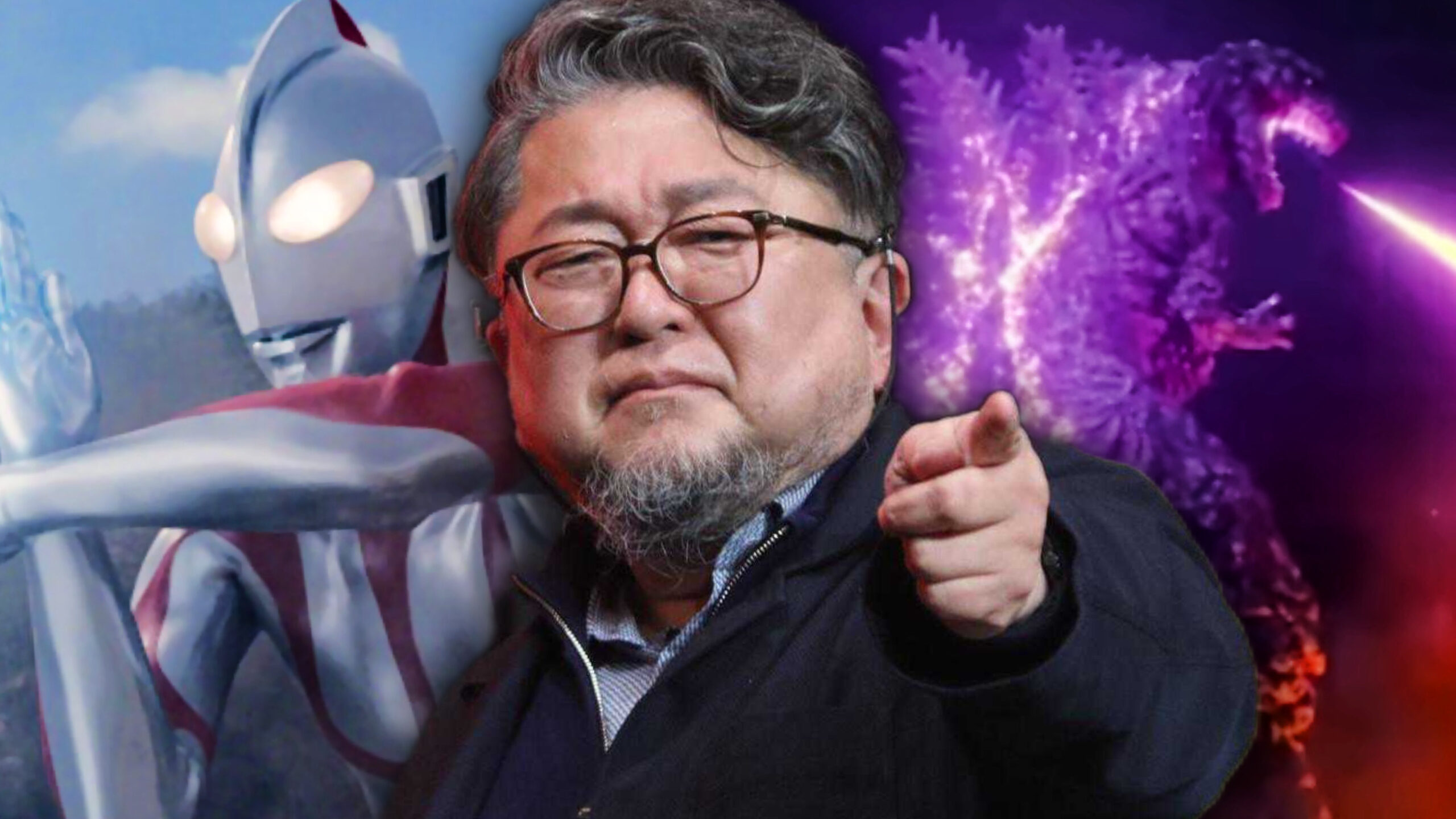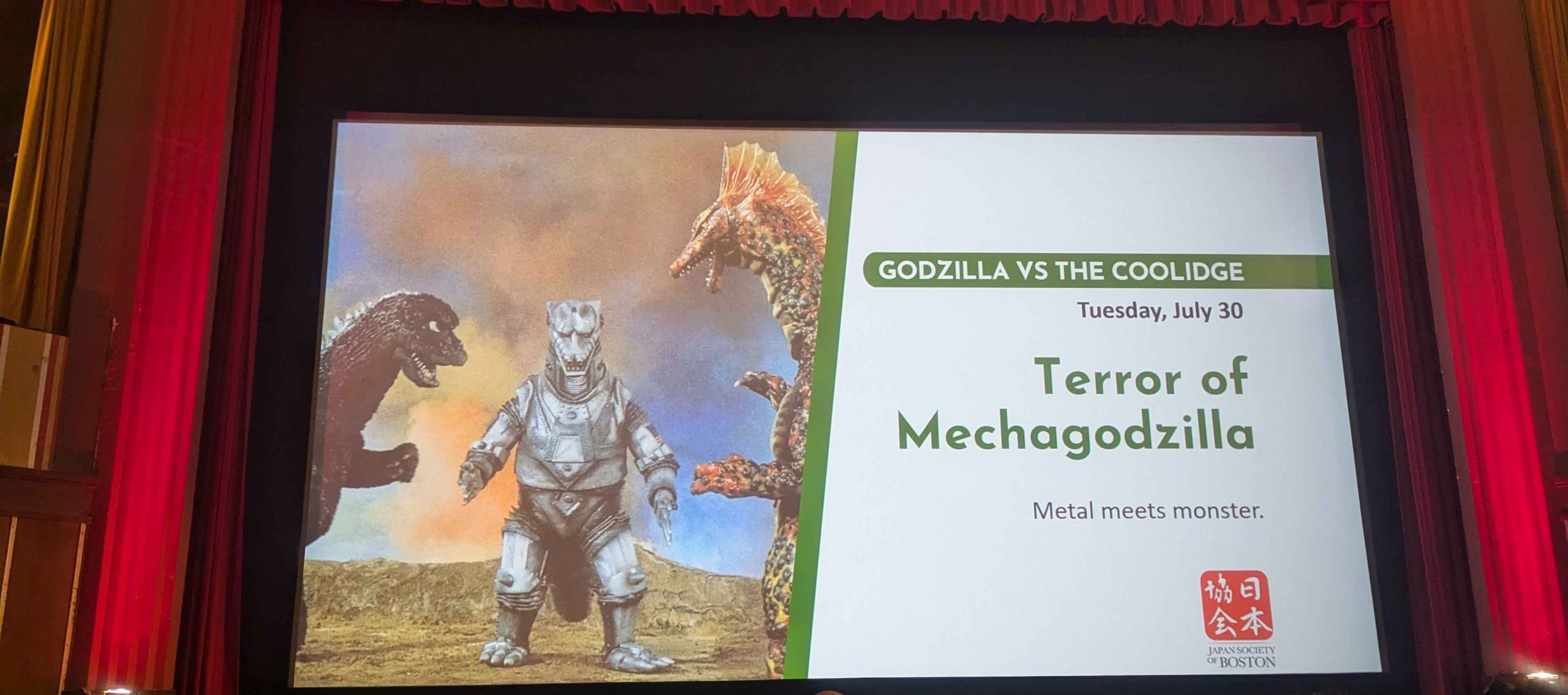Moette iru, moette iru,
Shisa! Shisa! Shisa!
Kingu Shisa!
Maybe this ditty wasn’t as memorable as “Mothra’s Song” (it’s hard to compete with the Peanuts), but most Godzilla fans still sang along whenever they watched Godzilla vs. Mechagodzilla (1974). Regardless, what many don’t know is this song/prayer is just one of many bits of culture from Okinawa used in the film. Given that Okinawa and the rest of the Ryukyu (or Nansei), an island chain 400 miles south of the Japanese mainland, were returned to Japan in 1971 by the United States, it’s no surprise it would be the setting for a G-film and its rich culture integral to its story.
Masters of Their Domain
The Ryukyuan Kingdom in formed in 1429 after Shō Hashi, its first king, unified the islands. He continued the longstanding the tradition of trading with China and other neighboring nations, eventually becoming a tributary state for them.
Around 1590, the Ryukyus had their first conflict with the Japanese mainland when Toyotomi Hideyoshi (a feudal lord called a daimyo) requested their help conquering Korea, after which he planned to move on to China. The Ryukyus refused. Hideyoshi was overthrown by the Tokugawa Shogunate, who in 1609 authorized the Shimazu family—the rulers of the Satsuma domain (modern-day Kagoshima Prefecture)—to conquer the Ryukyus. The islands were occupied with minimal resistance, the Ryukyuan king captured and held prisoner for two years in the Satsuma domain and Edo (modern-day Tokyo). When he was returned, the Ryukyu Kingdom maintained some autonomy since complete annexation would cause problems with China. By serving as a tributary state for both China and Japan, the islands served as a loophole for the two countries to trade with each other. However, in 1872, four years after the Meiji Restoration, Japan annexed the islands. Seven years later, the Okinawa Prefecture was established and the Ryukyuan monarchy in Shuri castle in Naha abolished, the deposed king, Shō Tai, forcibly relocated to Tokyo and made marquis in the Meiji system of peerage.
In the film, Nami and her grandfather are members of the Azumi royal family, although her title of princess is ceremonial. Japanese audiences—particularly those in Okinawa—would’ve recognized this as a fictionalized version of their history. However, as you’ll see later, Nami’s role goes beyond just royalty.
Unrest in Okinawa
The Ryukyus’ hostility toward the mainland increased in the following decades as Japan systematically attempted to eliminate Ryukyuan religion, language, and culture. Public education was introduced, and the schools only permitted standard Japanese to be spoken. Any Ryukyuan students who spoke their own language were shamed by wearing dialect cards—plaques marking them as “dialect speakers”—around their necks. A student who spoke Okinawan would wear it until another student spoke Okinawan, at which point it was passed on, and whichever student was wearing it at the end of the day would be punished by the teacher. This was done because the Meiji government sought to create a standard Japanese speech by suppressing the many distinct dialects of Japanese in favor of the Tokyo dialect used by the upper-class in the Yamonote area of the city.
Is it any wonder, then, why Nami’s grandfather expresses such a potent hatred toward Japan? When he hears Godzilla (actually Mechagodzilla in disguise) is ravaging Japan, he prays the King of the Monsters exacts vengeance on the mainland for their oppression of Okinawa. He’s old enough to remember the cultural suppression. Maybe he was one of the students forced to wear a dialect card. This is a powerful inference in what seems like such a fleeting and melodramatic scene in the film. It was a history the original audience knew all too well.
Hostile Takeover
The Battle of Okinawa (aka “the typhoon of steel”), which lasted April 1-June 22, 1945, was the largest amphibious assault and bloodiest battle of the Pacific Theater during World War II. There were over 160,000 casualties on both sides, including drafted Okinawans, and nearly half of the 300,000 native Okinawans were killed, committed suicide, or went missing.
After the war, the islands were occupied and controlled by the U.S. military even after the Treaty of San Francisco officially ended hostilities between the Allies and Japan in 1952. This was because of the bases established on the island. This created friction between the Americans and Okinawans because the soldiers were exempt from domestic jurisdiction in light of Okinawa being an occupied territory. This led to years of rising tensions and several large riots in the early 1970s because Okinawans wished to be free of both the U.S. and Japan. Finally, after years of negotiations between America and Japan, on June 17, 1971, the Okinawa Reversion Agreement was signed, in which the U.S. relinquished Okinawa and other islands.
You’ll notice that in Godzilla vs. Mechagodzilla, which was made only three short years after the reversion, that the characters have nothing but praise for Okinawa and its culture. I would argue that in many ways this was a G-film made for Okinawa. Toho, as a representative of the mainland, was using this as a small gesture of goodwill and as a request to Okinawa to embrace their new “family.” The Okinawans at this point were tired of being pushed around and dominated by outsiders, and their resentment ran deep. The pinnacle of Toho’s goodwill is seen in the film’s monsters. King Caesar, a distinctly Okinawan monster, joins forces with Japan’s monster, Godzilla, to expel an invader—Mechagodzilla—threatening the entire world. Only by their mighty powers combined could Big G’s robot double be defeated. Once again, Godzilla and his kaiju cohorts serve as monstrous metaphors.
Caesar’s Caves
Okianawa made headlines in 1974 (the year the film was released) when Heizaburo Yamauchi, the founder of the Okinawa Lime Cave Association, discovered a massive series of caves on the island. Called the Gyokusendo, they are better known by their tourist name, Okinawa World. The caves are three miles long but only 0.6 miles are open to the public. I have no doubt that this exciting discovery was the basis for having the film’s McGuffin, the shisa statue, be found in a newly-discovered cave. Also, the Gyokusendo is only one of the many caves for which Okinawa is known.
King “Shisa”
King Caesar’s name sounds, well, redundant. It’s like naming yourself “Lord Emperor” or something. There’s a funny story behind it. His name is derived from shisa, which is the name of gargoyle-like statues seen all over Okinawa. This was misheard by the dubbers as “Seesar,” which by the 1990s became “King Caesar,” so Toho, being Toho, immediately trademarked the name.
Shisa are lion-dog statues used as decorations in Okinawan architecture. They’re similar to the komainu (“lion-dogs”), which are used to guard the inner shrines of Shinto shrines. Both were derived from the “guardian lion” statues seen in China. Shisa are meant to either keep goodness in, as signified by a closed mouth, or to ward off evil spirits, as signified by an open mouth (although sometimes these are reversed). It’s no surprise then that in Godzilla vs. Mechagodzilla, the Azumis have a giant lion-dog as their protector, and one who is summoned with a shisa statue. In fact, Okinawan legend says that a king used a shisa necklace against a dragon terrorizing a village. The king, as instructed by a noro priestess (more on that in a second), met the dragon on a beach, held the shisa high, and the statue roared so loud it shook everything, including the dragon. A huge boulder fell on the dragon’s tail and it eventually died. Doesn’t this sound familiar? The (in)famous song, “Miyarabi’s Prayer,” sung by Nami to awaken King Caesar—on a beach, I might add—seems to be at least loosely inspired by that legend. The song’s lyrics, depending on the translation, even have lines like, “Beloved star of the beach, we are waiting for you to be here,” and, “Kill the dragon, Shisa!” I guess that means the big dog should’ve dropped a rock on Mechagodzilla’s tail.
Nami, Princess and Priestess
Speaking of Nami, while most western G-fans probably thought her vision was pure fantasy, it actually stems from Ryukyuan religion. In a nutshell, these beliefs are characterized by ancestor worship and a relationship with the supernatural world, which includes kami (“gods” or “spirits”), household gods, and sprite-like creatures such as the kijimunaa. It’s similar to Shintoism, which is the indigenous religion of Japan, but is also influenced by Polynesian religions, Chinese religions, and Buddhism.
You might be surprised to read that, when it comes to spiritual beliefs, the Ryukyuans were ahead of their time. One of their ancient core belief is onarigami, which says that spiritual power is the domain of women and that women are spiritually superior to men. People with exceptional spiritual power are called kaminchu, and the vast majority of them are women. They usually come from families with long lines of kaminchu and are the firstborn sons or daughters. They act as priests/priestesses who can sense, communicate with, and direct the power of kami. There are two main subgroups of kaminchu: the noro (who are chief priestesses for communities believed to embody kami and seek their favor, so they serve as government officials), and the yuta, who are mediums and shamanesses who communicate with kami but don’t embody them. It’s not a stretch to say that Nami could be either a noro or a yuta. She has visions of a kaiju attack (which admittedly is hardly shocking when it happens once a week in the Showa-verse) and is able to awaken King Caesar, who could be considered a kami despite being an artifcial construct (yes, Toho has said this) by singing to him. In fact, these abilities seem to be specific to her.
Conclusion
Godzilla vs. Mechagodzilla is the King of the Monsters’ 20th anniversary film, but many fans tend to see it as just a campy romp. It’s certainly fun, but when viewed through its original cultural and historical context—as any foreign or classic film should be—it takes on greater significance. Below the flashy surface is a snapshot of Japan at that moment in time; a Japan trying to welcome back into the family a culture that had long resented them. It was a relevant blockbuster in 1974, and today it speaks important history lessons to kaiju lovers.
Plus, that song will always be stuck in our heads. Shiiiiisaaaaa!
Selected Bibliography/Further Reading
- Burke, Matthew M. “Thrill of discovery: Okinawa cave explorers often recover WWII remains.” Stars and Stripes. (https://www.stripes.com/news/thrill-of-discovery-okinawa-cave-explorers-often-recover-wwii-remains-1.485084)
- “History of the Ryukyu Islands.” Wikipedia. (https://en.wikipedia.org/wiki/History_of_the_Ryukyu_Islands) (This includes links to a lot of great sources that were used for this article).
- “Shisa: The Guardian Lions of Okinawa.” Kanpai! Japan. (https://www.kanpai-japan.com/lifestyle/shisa-okinawa)





